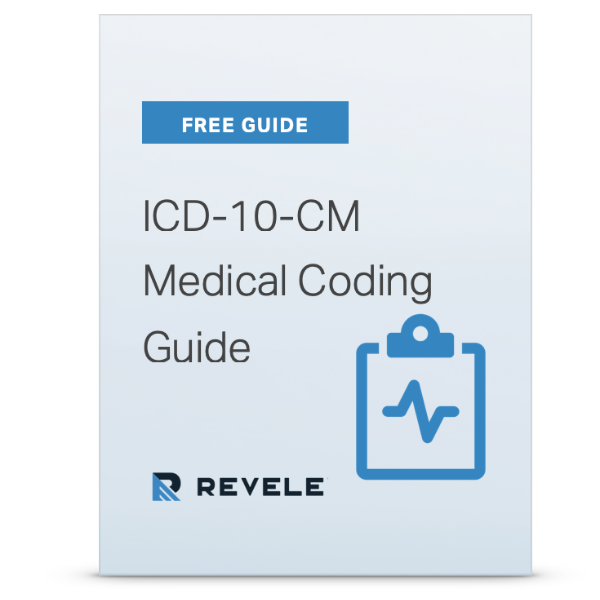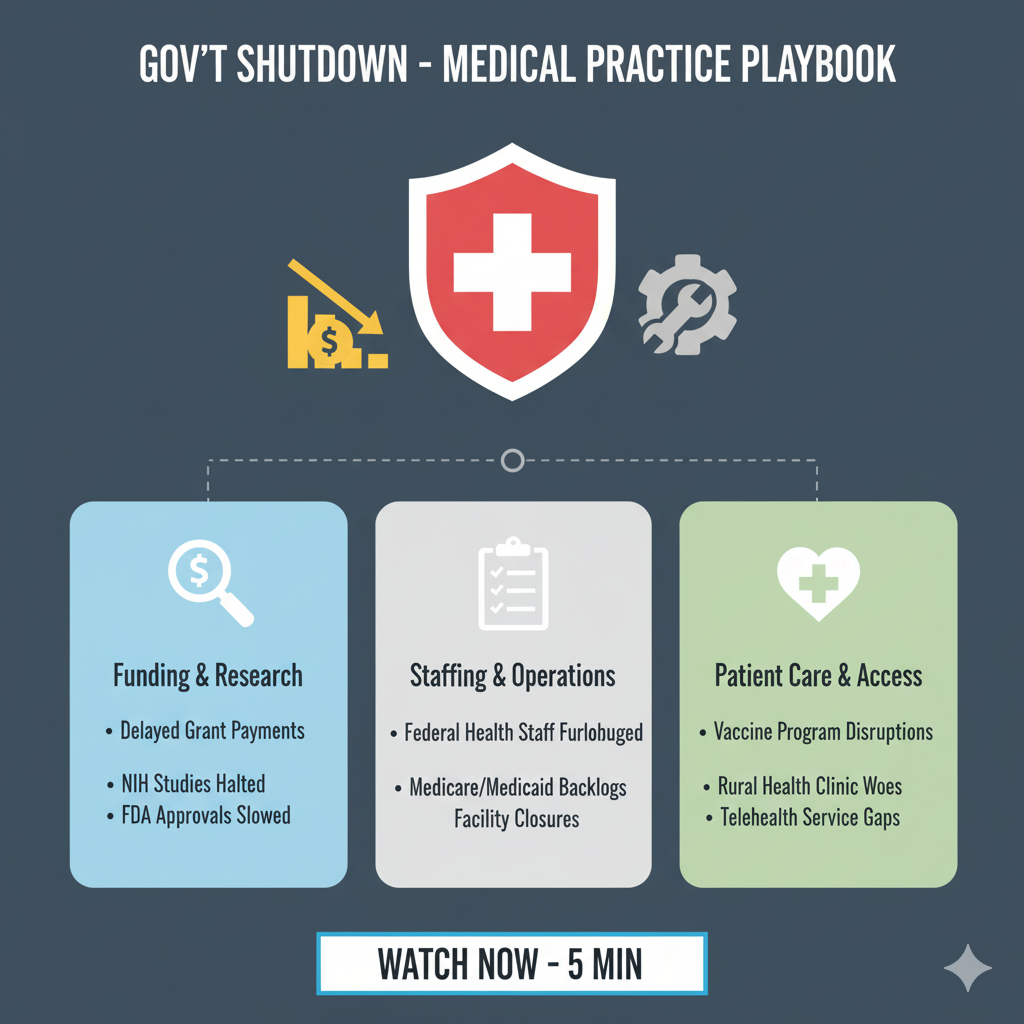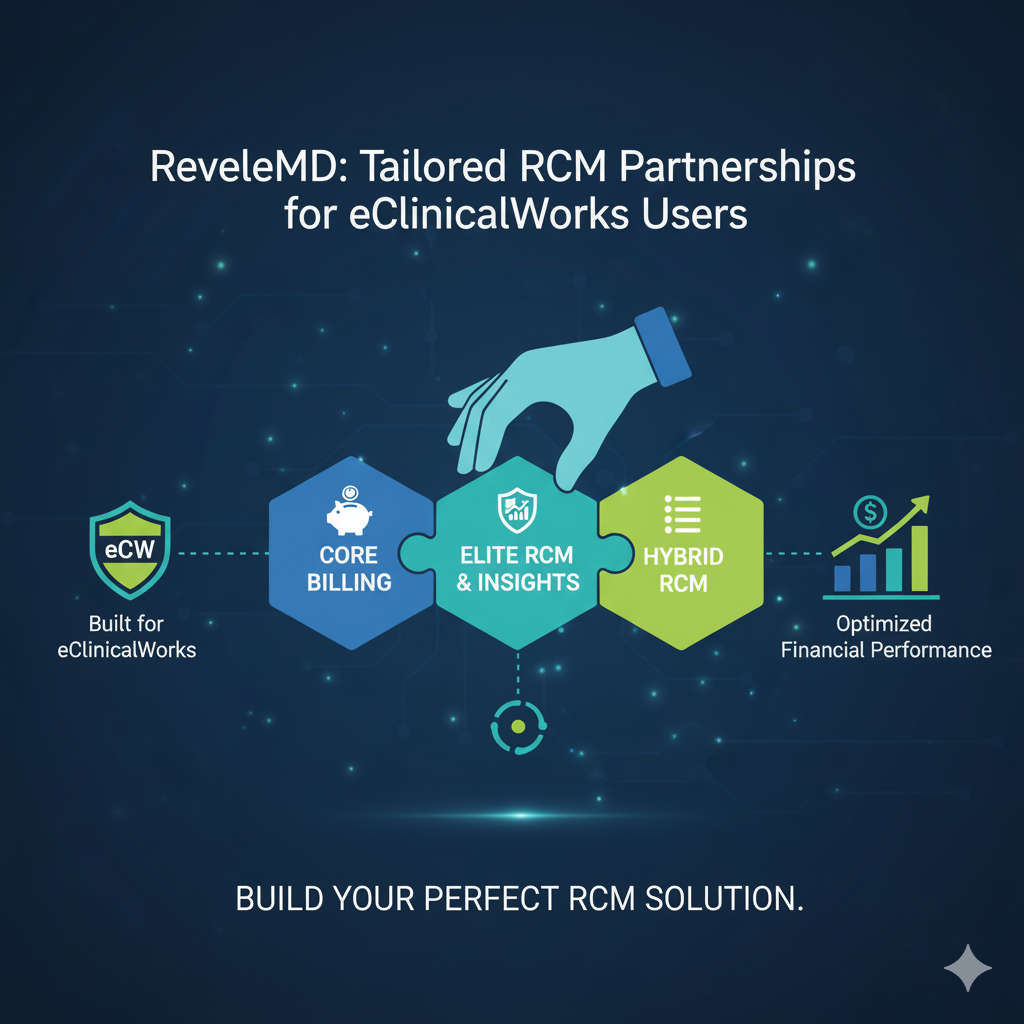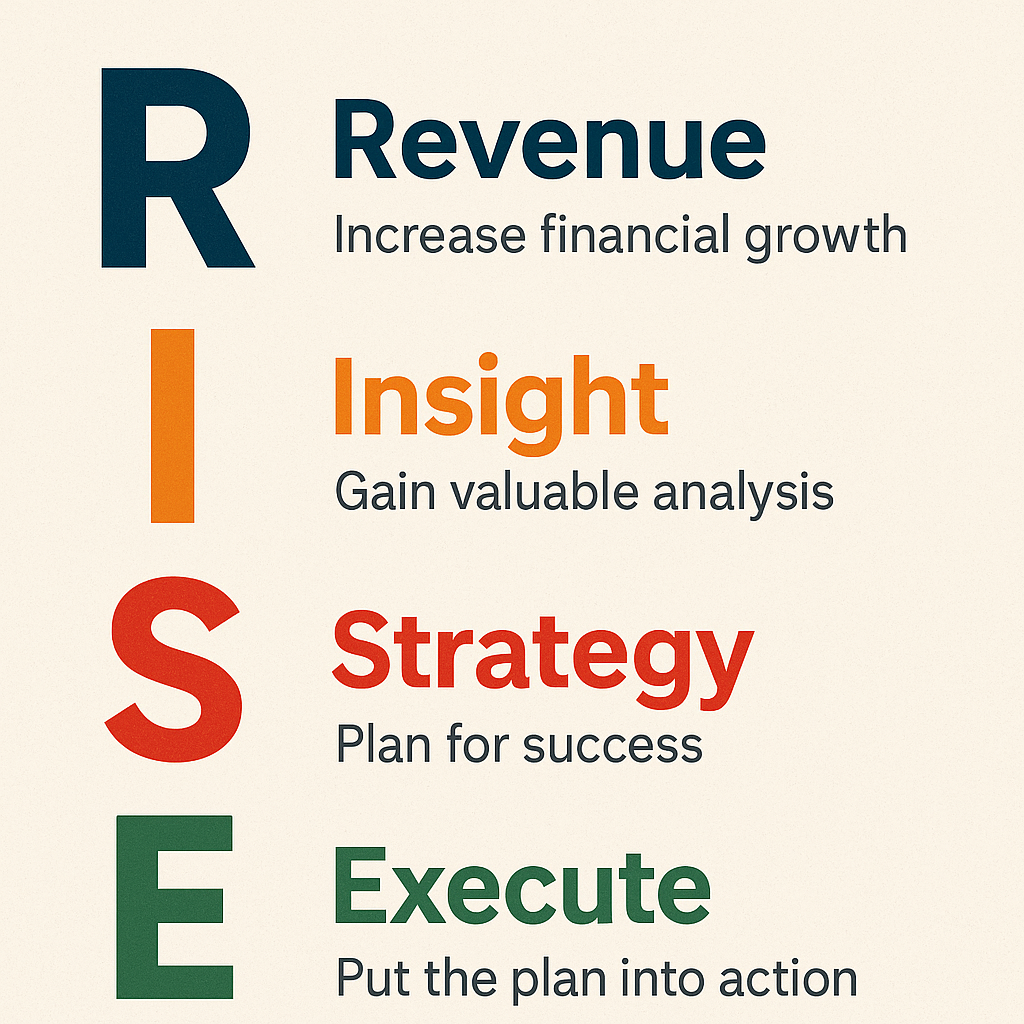On June 5, 2020, President Trump signed into law the Paycheck Protection Program Flexibility Act (PPPFA) to address small business concerns around the Paycheck Protection Program (PPP). The new law provides greater flexibility and benefits to borrowers.
Minimum Maturity for New Loans Extended to Five Years
- The CARES Act provided that PPP loans would have a maximum maturity of 10 years, and did not provide for a minimum maturity. In its Interim Final Rule 1 published in the Federal Register on April 15, 2020 (85 Fed. Reg. 20811), the SBA determined that the maturity of PPP loans would be two years.
- The PPPFA now provides that PPP loans will have a minimum maturity of five years. However, this change only automatically applies to loans made on and after the enactment of the PPPFA, and does not change the maturity of PPP loans originated prior to enactment of the PPPFA.
- The PPPFA provides that lenders and borrowers may mutually agree to modify PPP loans originated prior to enactment of the PPPFA to be consistent with the minimum five year maturity.
Change to the 75% Payroll Cost Requirement
- The PPP loan program required businesses to spend 75% of the loan on payroll. The PPFA reduces the amount of the loan needed to be spent from 75% to 60%.
- For those seeking loan forgiveness, the PPPFA provides that at least 60% of the PPP proceeds must be used to pay payroll costs "to receive loan forgiveness." The previously existing forgiveness application allowed proportional forgiveness even if the 75% payroll cost threshold was not met. We will await Small Business Administration (SBA) guidance as to whether the SBA will permit application of this expansion to current PPP loan recipients seeking forgiveness.
- The law does not change the list of expenses eligible for forgiveness.
Rehire and Salary Restoration Safe Harbor
- The PPPFA extends the rehire date from the June 30, 2020 deadline to December 31, 2020. The CARES Act provided that a borrower’s forgiveness amount could be reduced if its average FTE level for the covered period had decreased from the selected reference period, and if any of its employees were subject to greater than 25% reductions in salary during the covered period as compared to the specified reference period. However, the CARES Act provided a safe harbor that allowed a borrower to escape this reduction in forgiveness if the borrower could eliminate salary reductions or restore its employee count to reference period levels by June 30, 2020.
- The law also adds additional exceptions which prevent a borrower from having its forgiveness amount reduced if it:
- Is unable to rehire an individual who was an employee of the eligible recipient on or before February 15, 2020
- Is able to demonstrate an inability to hire similarly qualified employees on or before December 31, 2020; or
- Is able to demonstrate an inability to return to the same level of business activity as such business was operating at prior to February 15, 2020.
- Questions remain about the manner in which a borrower will be required to "document" these circumstances.
Extension of "Covered Period" for Provision of Loans
- The definition of "covered period" in Section 1102 of the CARES Act previously referred to the period from February 15, 2020 to June 30, 2020. The PPPFA extends the covered period to December 31, 2020.
- This change in the definition of covered period in Section 1102 appears to permit the SBA to continue making PPP loans until December 31, 2020 (or until the current funding runs out).
- However, a letter of congressional intent was incorporated into the Congressional Record at the time the Senate voted on the PPPFA. That letter stated that Congress did not intend that the PPPFA extend the time period for accepting PPP loan applications beyond June 30, 2020. UPDATE: The Paycheck Protection Program application window has been extended to August 8, 2020.
- Borrowers may now have through December 31, 2020 to spend PPP loan funds, but should be mindful that even though they can use PPP loan funds through December 31, 2020, only amounts spent within the "covered period" are eligible for loan forgiveness.
Extension of "Covered Period" for Forgiveness Purposes
- The PPPFA amends the definition of "covered period" as used in Section 1106 to describe the period during which PPP loan funds spent by a borrower may be eligible for loan forgiveness to refer to the period of time beginning on the date of origination of a PPP Loan and ending on the earlier of the date that is 24 weeks following the date of loan origination, or December 31, 2020.
Extension of Deferral Period
- PPFA extends the deferral or repayment of any principal, interest, and fees from six months to the date on which the lender receives the forgivable amount from the Small Business Administration.
- If a borrower has not applied for forgiveness within 10 months after the end of its covered period, then the borrower will be required to begin making payments at that time.
Delay of Payment of Employer Payroll Taxes
- The PPPFA removes Section 2302(a)(3) from the CARES Act, making PPP borrowers who receive forgiveness eligible for the payroll tax delay.
- This change is retroactive, effective as if included in the CARES Act, and therefore should be applicable to loans made either pursuant to Section 1102 or Section 1109 of the CARES Act. Note that this change does not amend Section 2301 of the CARES Act, which provides that borrowers who receive a PPP loan are not entitled to the Employee Retention Tax Credit.
Revele does not provide tax, legal, or accounting advice. This material has been prepared for informational purposes only and is not intended to provide and should not be relied on for tax, legal, or accounting advice. You should consult your tax, legal, and accounting advisors before engaging in any transaction.
END-TO-END RCM SOLUTION
Demand more from your revenue cycle.
Our integrated solution brings together robust data, intelligent claim handling, and performance consulting to guarantee a 10% increase in cash flow.








